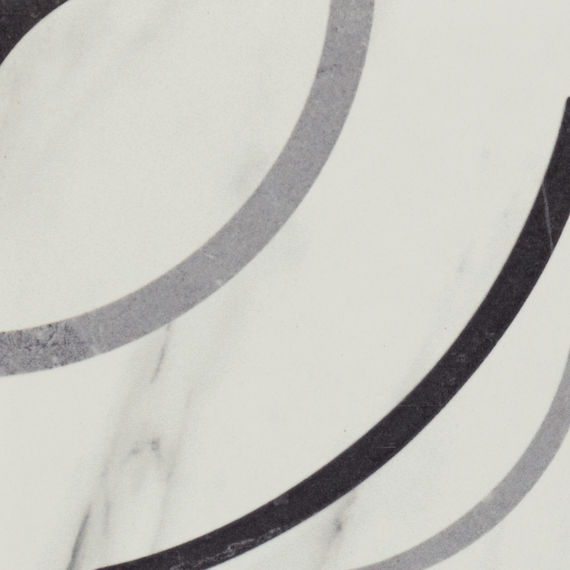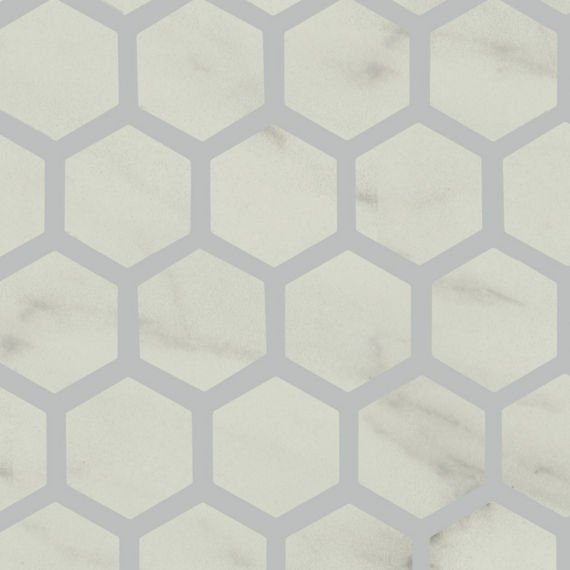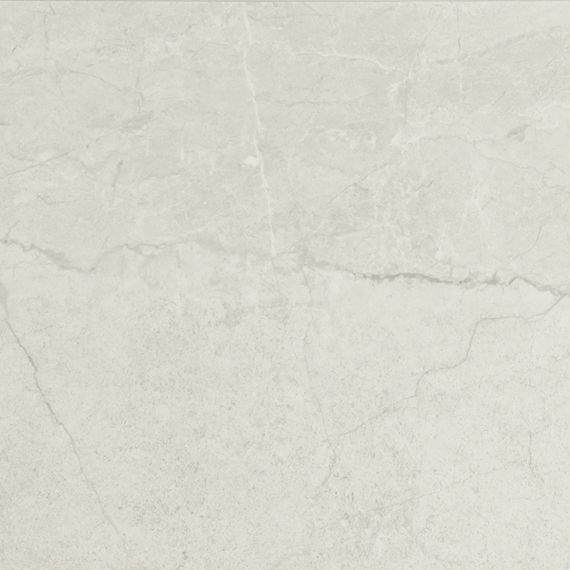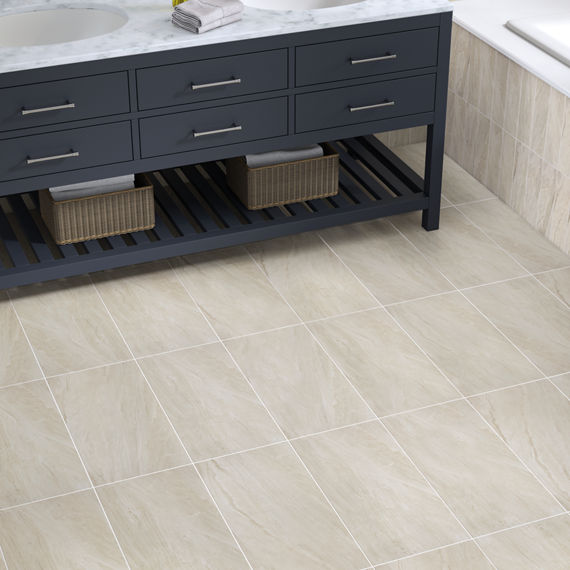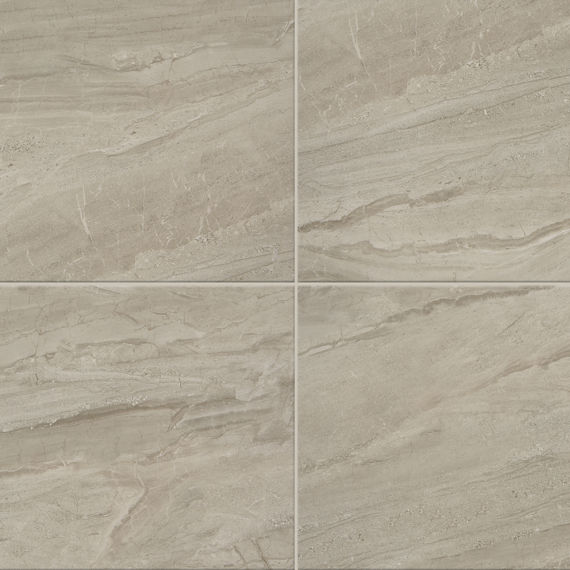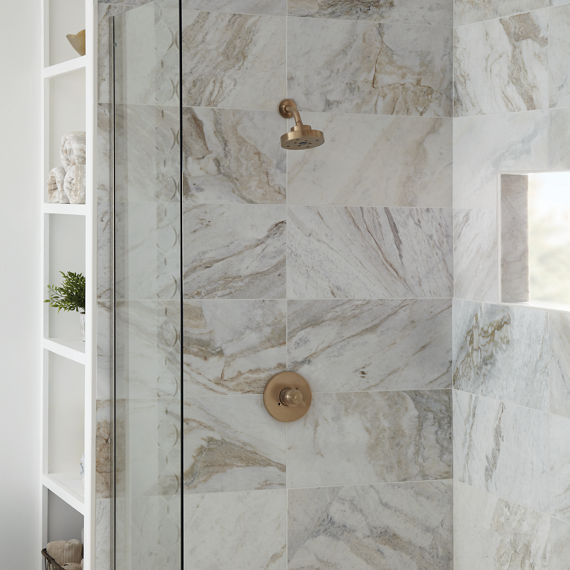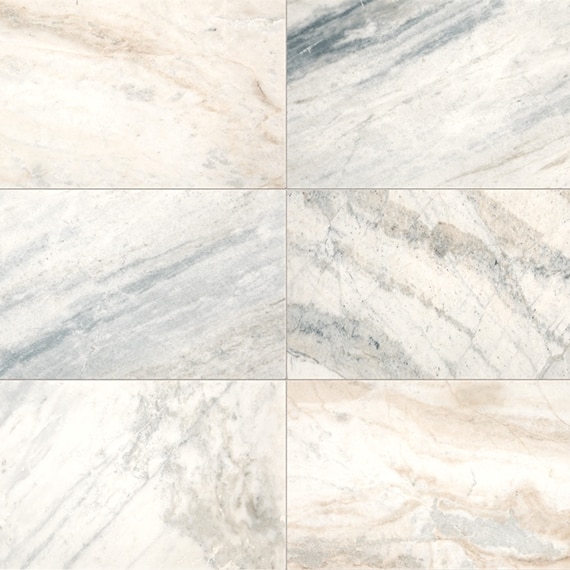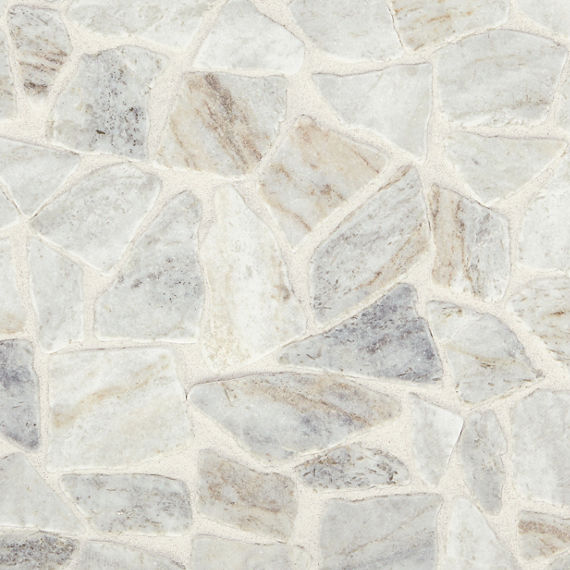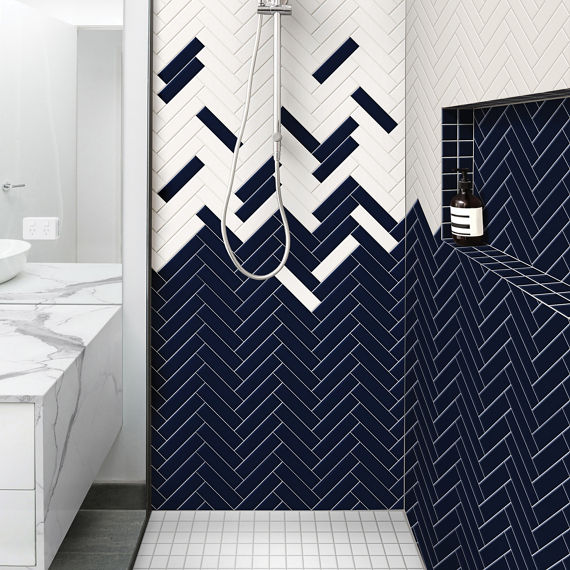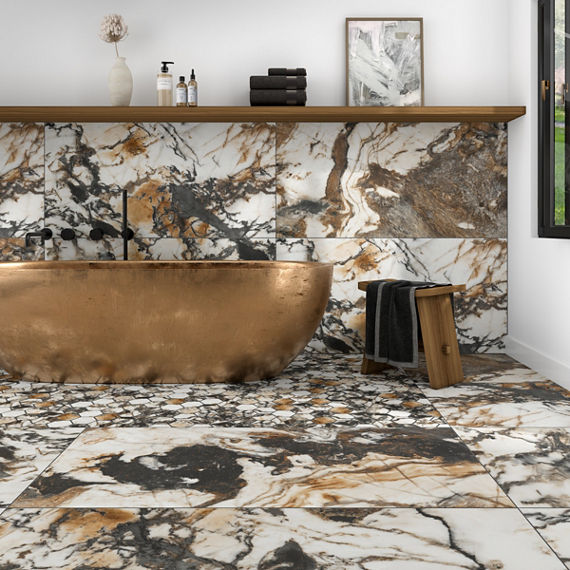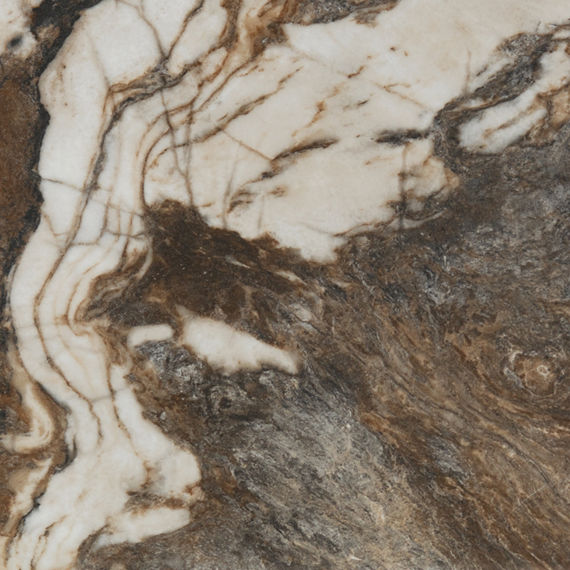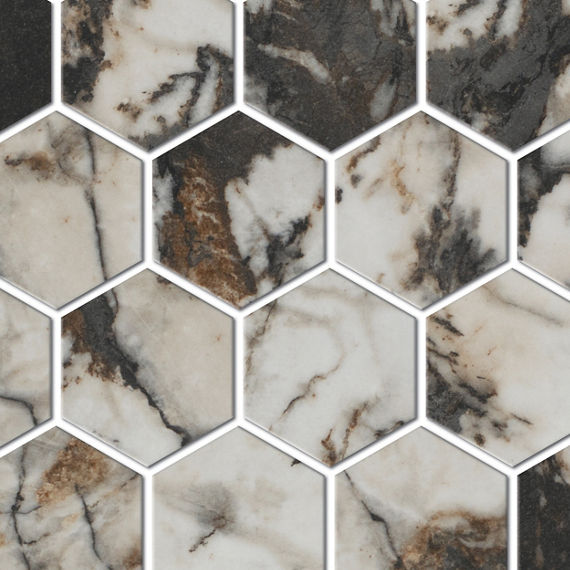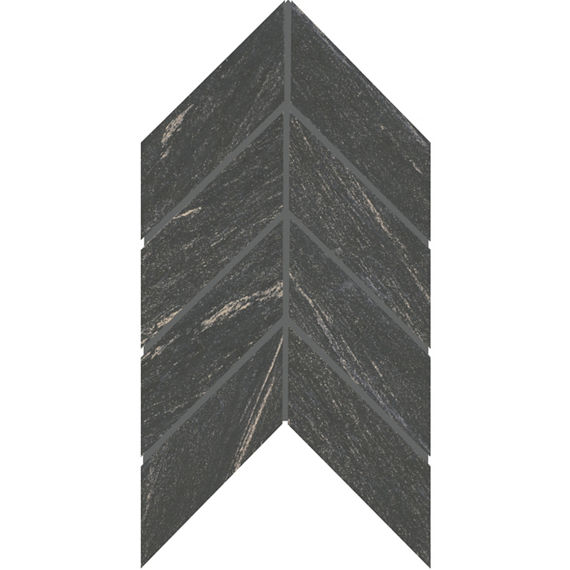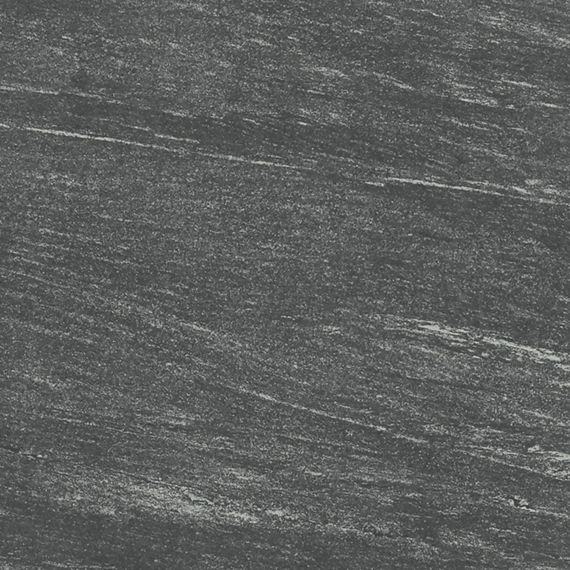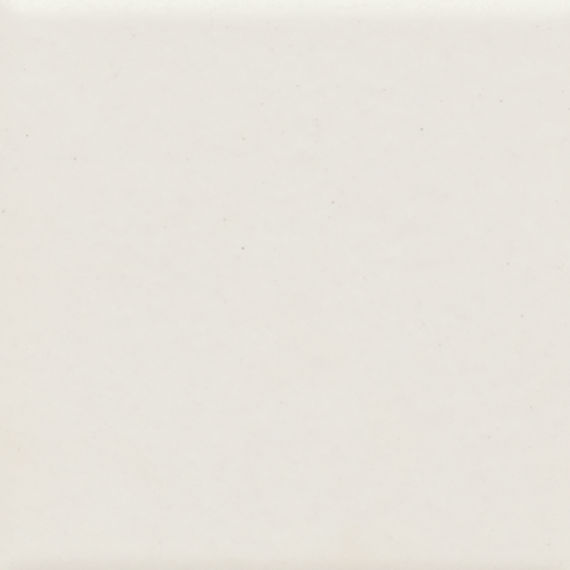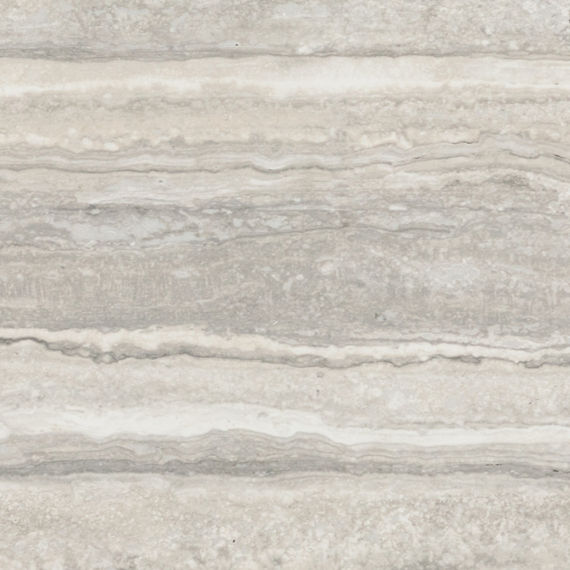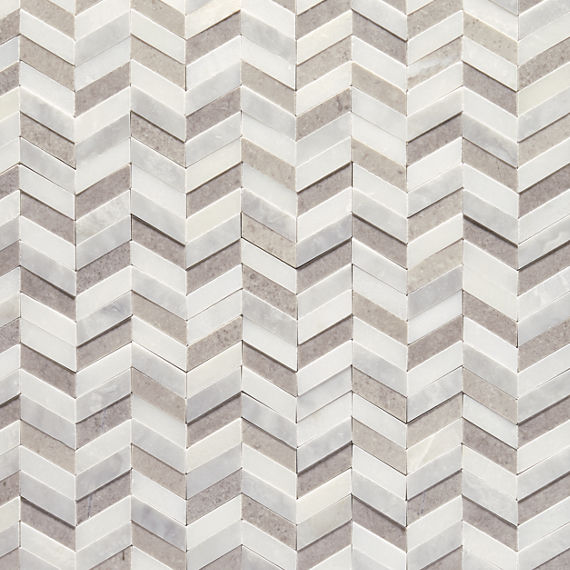July 14, 2025 | 4:50 Min
Designing Your Day: How to Choose Bathroom Tile That Fits Your Life
Begin With a Vision
A well-designed bathroom sets the tone for the entire day. It’s where mornings begin and evenings wind down—and it should reflect the energy you want to carry through both. Before you browse shapes and finishes, ask yourself a simple question: What do I want to feel in this space?
- Looking for calm and clarity? Soft neutrals, clean lines, and large-format tiles create a fresh, uncluttered foundation.
- Want something rich and elegant? Deep tones, natural textures, and moody palettes bring in a high-end hotel feel.
- Need creativity and movement? Patterned or decorative tiles offer a chance to express your style and energize the space.
Let your intention lead your design. This isn’t just a remodel—it’s a chance to shape how your day begins and ends.
Form Meets Function
Bathroom tile is where performance and style go hand-in-hand. From the floor beneath your feet to the walls around your mirror, every tile choice should work as beautifully as it looks.
Start With the Floor
Bathroom floors face water, steam, and constant foot traffic. Porcelain tile is a smart, stylish choice—especially those with extra slip-resistant options. It’s durable, low-maintenance, and holds up beautifully over time. Opt for textured surfaces or matte finishes in spaces where safety matters most.
Build a Better Shower
In the shower, tile plays a vital role in both design and safety. Mosaic tile is a popular choice for shower floors thanks to the traction from grout and ability to follow slopes for drainage. For walls, porcelain and ceramic tile offer endless variety while standing up to moisture with ease.
Play with proportions for a designer feel
You don’t need wild patterns to create interest—sometimes it’s all about proportions. By mixing different tile sizes within the same color or series, you create subtle dimension that feels high-end and custom. For example, pair a large format tile on the bathroom floor with a smaller rectangular version on the walls for a seamless but elevated look.
Elevate Your Walls
Wall tile presents an opportunity to add polish, personality, or a little bit of both. From glossy subway tile to large-format designs with subtle veining, wall tile adds depth and dimension to any bathroom. Behind the vanity, a tile backsplash protects the wall and adds a decorative focal point that feels considered and complete.
Layer in Personality With Pattern and Texture
Bathroom tile isn’t just about practicality—it’s also a canvas for your personal style. Whether you lean contemporary, traditional, eclectic, or somewhere in between, you can use tile to tell your story.
- Try combining multiple tile shapes in the same color for visual interest without overwhelming the space.
- Create contrast between floor and wall tile to define zones and add dimension.
- Use decorative tile in focused areas—like a shower niche, bathtub surround, or feature wall—for a curated and intentional look.
Even subtle details, like a matte versus gloss finish or a herringbone pattern versus stacked layout, can have a powerful impact.
Design With Your Routine in Mind
Choosing bathroom tile should be as much about lifestyle as it is about looks. Think about how you use the space—rushed mornings, calming nighttime rituals, weekend resets. Then design around what matters most to you.
- If mornings are chaotic, stick with larger tiles that minimize grout lines and make cleaning quicker.
- If your bathroom doubles as a retreat, lean into textures and tones that encourage relaxation—like stone looks, warm neutrals, or handcrafted-inspired surfaces.
- For shared spaces, prioritize durability and easy maintenance. Tile is resistant to water, stains, and wear, making it ideal for busy bathrooms that see daily use.
The goal is to create a space that not only works well, but supports how you want to live—starting and ending your day with comfort, beauty, and intention.
Your Bathroom, Your Way
When it comes to bathroom tile, there’s no one-size-fits-all solution—and that’s the beauty of it. American Olean offers a wide range of styles, shapes, and finishes that let you bring your vision to life, whether you're going for timeless elegance or a modern refresh. Not sure what your style is yet? Use our Stylizer AI tool, which helps you find the perfect style and tile in your space.



